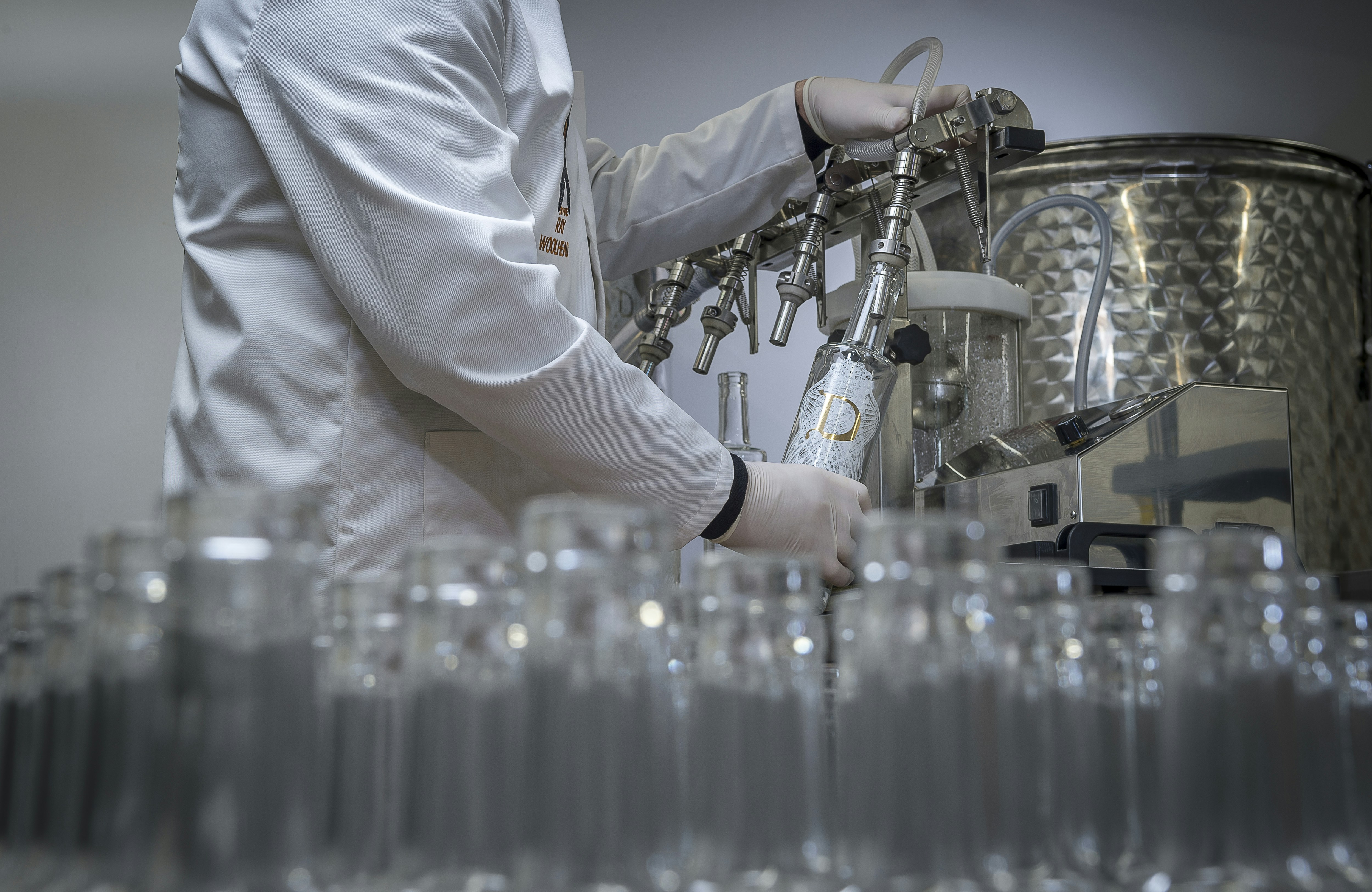
When it comes to bulk production, efficiency and accuracy are crucial. One of the unsung heroes behind this process is a reliable liquid filling line. Imagine a seamless operation where liquid filling line every bottle, jar, or container is filled with precision and speed—this isn’t just a dream. It’s achievable with the right equipment.
In today’s fast-paced manufacturing environment, businesses can’t afford to compromise on quality or productivity. A dependable liquid filling line not only enhances output but also ensures consistency in your products. As industries evolve, so do consumer expectations; they demand nothing less than perfection.
Let’s dive into why investing in a reliable liquid filling line for bulk production is essential for your business’s success and how it can transform your operations from ordinary to extraordinary.
Understanding the Importance of Proper Liquid Filling
Proper liquid filling is the backbone of any successful manufacturing process. It goes beyond just pouring a product into a container; it impacts quality, safety, and customer satisfaction.
Accurate filling ensures that each package contains the correct amount of liquid. This precision prevents costly overfills or underfills, which can lead to wasted resources and dissatisfied customers. Inconsistent filling practices can tarnish your brand’s reputation.
Moreover, proper liquid filling minimizes contamination risks. Using hygienic equipment reduces the chances of introducing foreign substances into your products. This is especially crucial in industries like food and pharmaceuticals where safety is paramount.
In addition to safeguarding quality, effective liquid filling enhances production efficiency. Streamlined processes reduce downtime and improve overall output. A reliable system keeps everything moving smoothly, allowing you to meet high demand without sacrificing standards.
The Benefits of Investing in a Reliable Liquid Filling Line

Investing in a reliable liquid filling line for bulk production offers numerous advantages. Efficiency is at the forefront. A dependable system streamlines operations, ensuring that products are filled quickly and accurately.
Quality control becomes easier with advanced technology. Precise measurements reduce waste and ensure consistency across batches, enhancing product integrity.
Moreover, reliability translates to reduced downtime. Fewer breakdowns mean your production schedule stays on track, which can significantly boost overall output.
Another benefit lies in versatility. Many modern filling lines can handle various container sizes and liquid types, adapting as your business needs change.
Cost savings can’t be overlooked either. While the initial investment may seem substantial, the long-term benefits of enhanced productivity often outweigh this expense considerably. A reliable liquid filling line pays for itself over time through increased efficiency and reduced operational costs.
Factors to Consider When Choosing a Liquid Filling Line
When selecting a reliable liquid filling line for bulk production, several key factors come into play. First, consider the type of liquid you’re working with. Viscosity and chemical properties can significantly affect your choice.
Next, evaluate the production speed you need. Different machines offer varying fill rates that should align with your output goals.
Don’t overlook compatibility with packaging types. The filling line must accommodate bottles, pouches, or cartons seamlessly to avoid bottlenecks in your operation.
Another crucial aspect is ease of cleaning and maintenance. A design that allows quick access will save time and reduce downtime during operations.
Assess the scalability options available. As demand grows or changes, having a flexible system will ensure you stay efficient without needing entire equipment overhauls down the line.
Common Types of Liquid Filling Machines
Liquid filling machines come in various types, each designed to meet specific production needs.
Gravity fillers are among the simplest options. They rely on gravity to dispense liquids into containers. This method is cost-effective and ideal for thin, non-viscous liquids.
Piston fillers utilize a piston mechanism to draw and push liquid into containers accurately. These machines work well with thick or viscous products like sauces and creams.
Vacuum fillers operate by creating a vacuum that pulls liquid into the container, making them suitable for sensitive liquids that can foam or splash during filling.
Pump fillers use mechanical pumps to transfer product from one location to another. This type offers precision and adaptability for various viscosities, catering to diverse applications in industries such as cosmetics and pharmaceuticals.
Tips for Maintaining and Extending the Lifespan of Your Liquid Filling Line
Regular maintenance is key to keeping your liquid filling line operational. Schedule routine inspections to catch any signs of wear or damage early.
Clean the equipment technology regularly, as residue buildup can affect performance and precision. Use appropriate cleaning solutions that won’t harm machine components.
Check alignment and calibration frequently. Misalignment can lead to inaccurate fills and wasted product, impacting efficiency.
Keep an eye on lubrication levels for moving parts. Insufficient lubrication increases friction, leading to premature wear.
Train staff properly on operation techniques. Knowledgeable operators reduce the risk of accidents that could disrupt production.
Last but not least, maintain a record of repairs and servicing dates. This documentation helps you anticipate future needs and prolongs your equipment’s lifespan significantly.
Case Studies: How Reliable Liquid Filling Lines Have Improved Production for Businesses

A beverage company faced challenges with inconsistent filling volumes, leading to product waste and customer complaints. By investing in a reliable liquid filling line for bulk production, they achieved precise measurements every time. This switch not only reduced spills but also increased overall efficiency.
Another case involved a cosmetics manufacturer struggling with slow packaging speeds. After implementing an advanced filling system, they doubled their output without sacrificing quality. The streamlined process allowed them to meet rising demand while maintaining brand reputation.
In the food industry, a sauce producer upgraded its equipment to handle thicker liquids more effectively. The new liquid filling line minimized downtime during changeovers and improved hygiene standards, resulting in higher productivity and better compliance with safety regulations.
Each of these businesses experienced significant improvements due to their investments in dependable filling technology, showcasing the transformative power of modern solutions.
Conclusion: Why You Shouldn’t Cut Corners When It Comes to Your
A reliable liquid filling line for bulk production is not just a luxury; it’s a necessity. The stakes are high in any manufacturing process, and cutting corners can lead to wasted resources, subpar products, and dissatisfied customers. Investing in quality machinery ensures accuracy, efficiency, and consistency—key factors that directly impact your bottom line.
When you prioritize reliability in your liquid filling operations, you’re not only safeguarding the integrity of your product but also enhancing overall productivity. This translates to better profit margins and an improved reputation within your industry.
Whether you’re scaling up or optimizing existing processes, remember that each element—from the choice of equipment to maintenance practices—plays a critical role in achieving success. Embrace this investment with confidence; it’s one that pays off significantly over time. Your business deserves nothing less than the best when it comes to production quality and operational efficiency.



